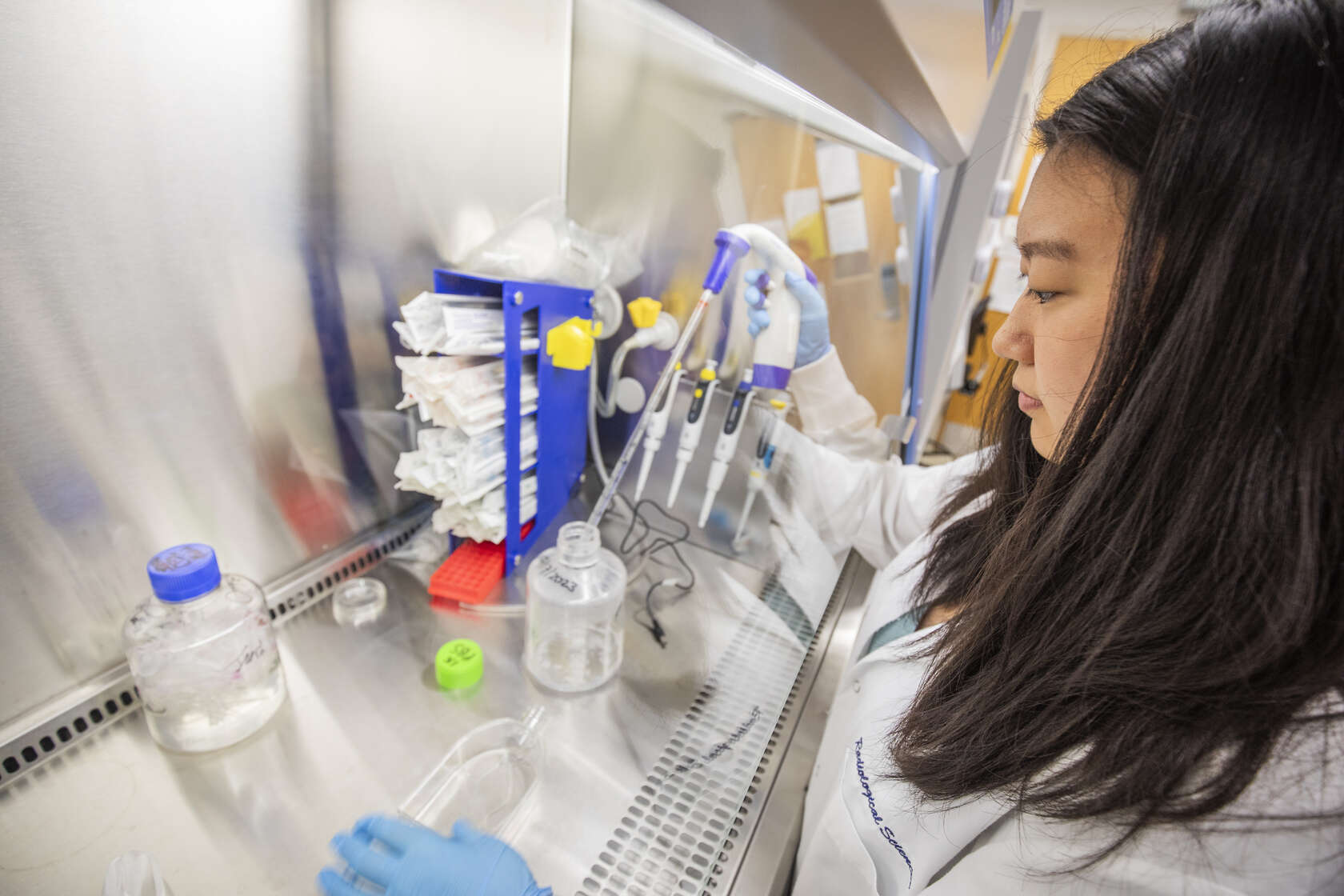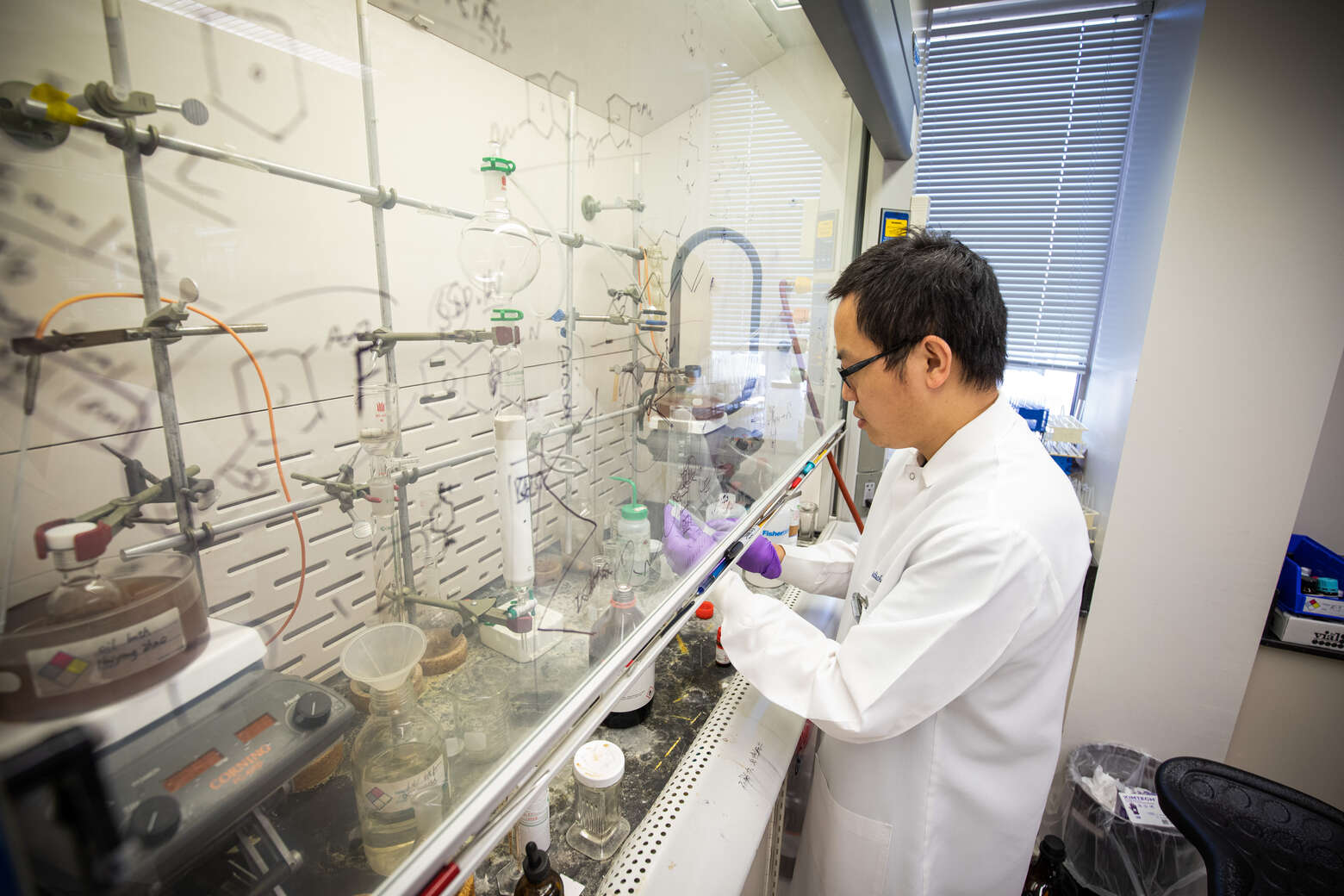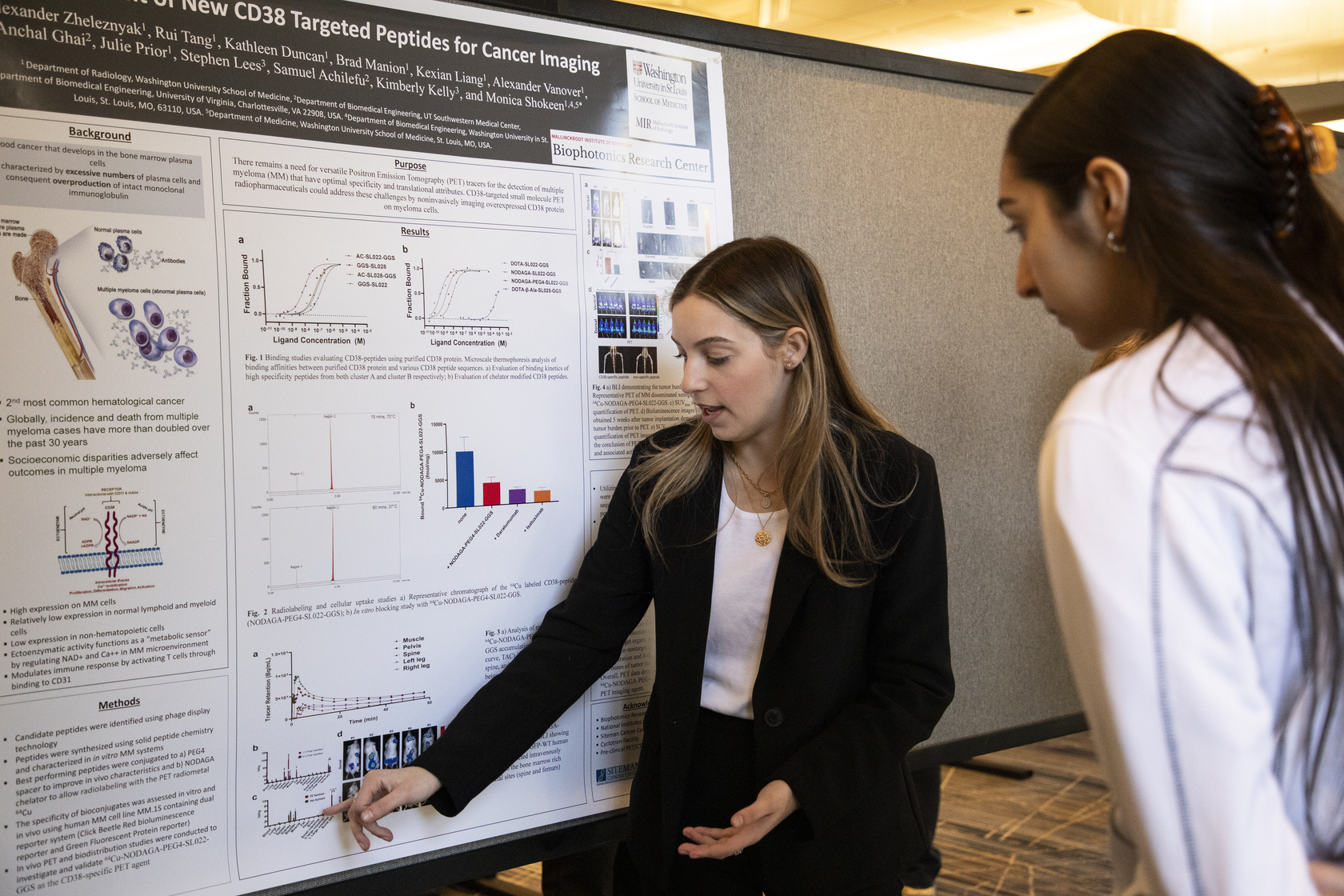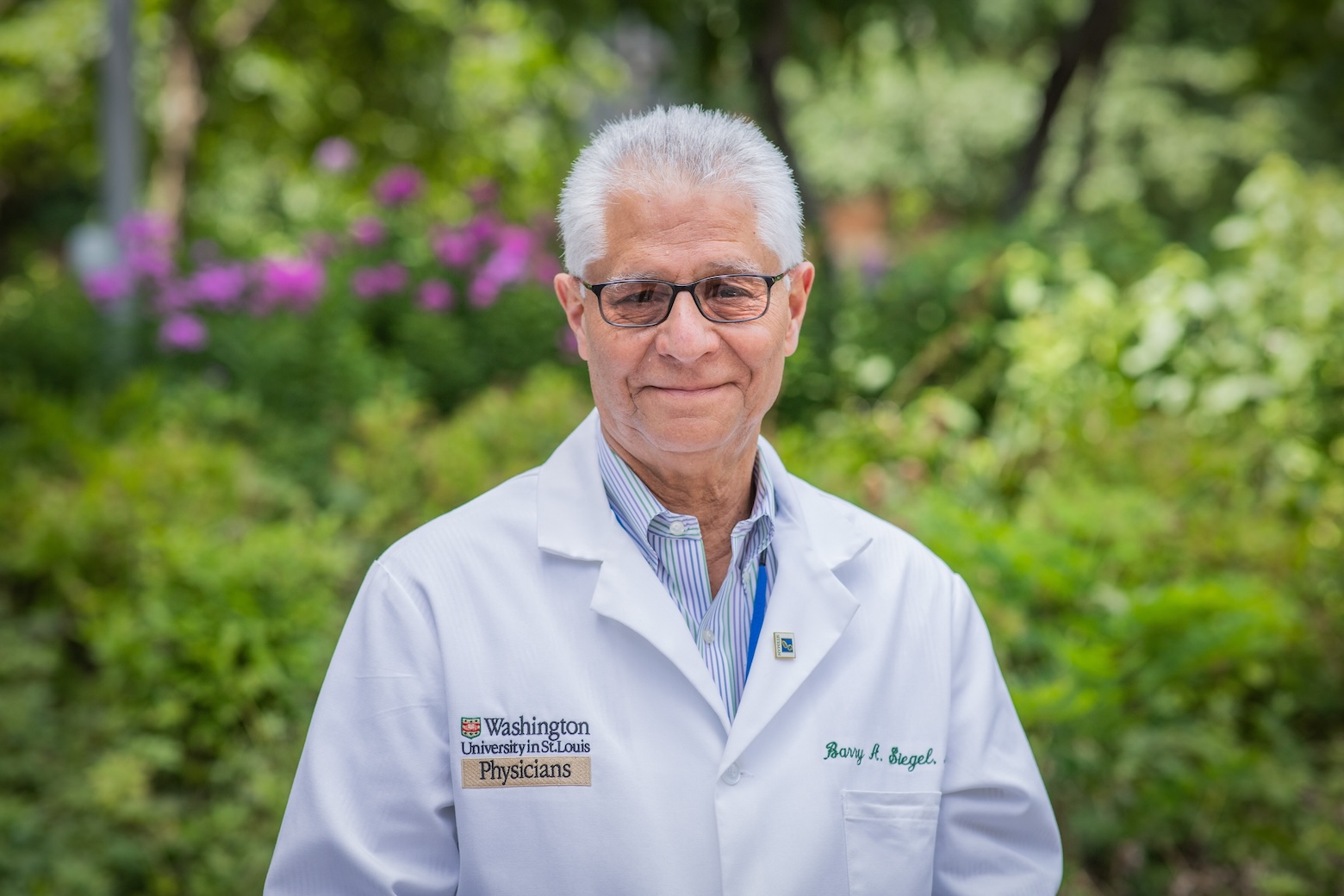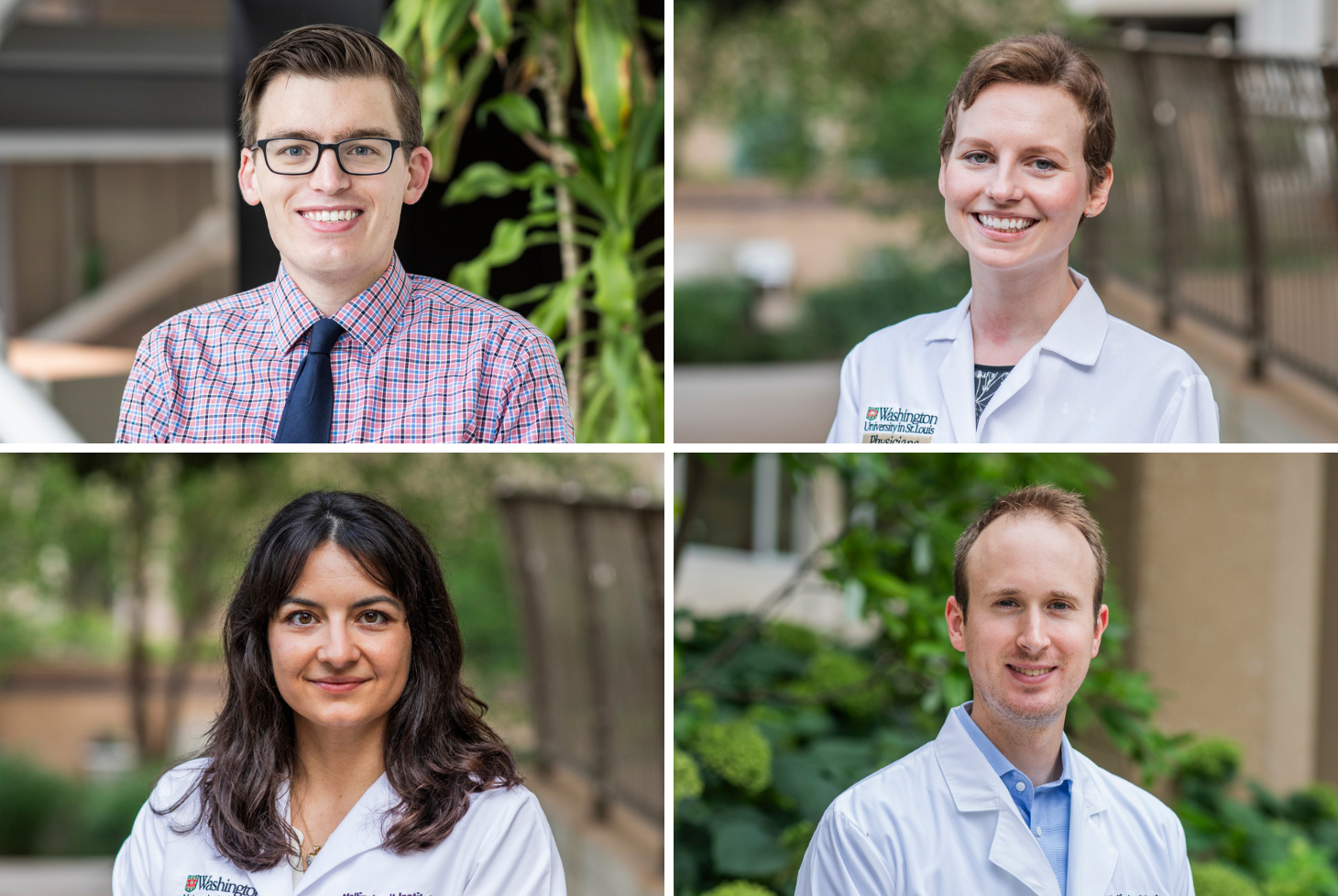Alumni Spotlight: Michelle Dorsey, MD
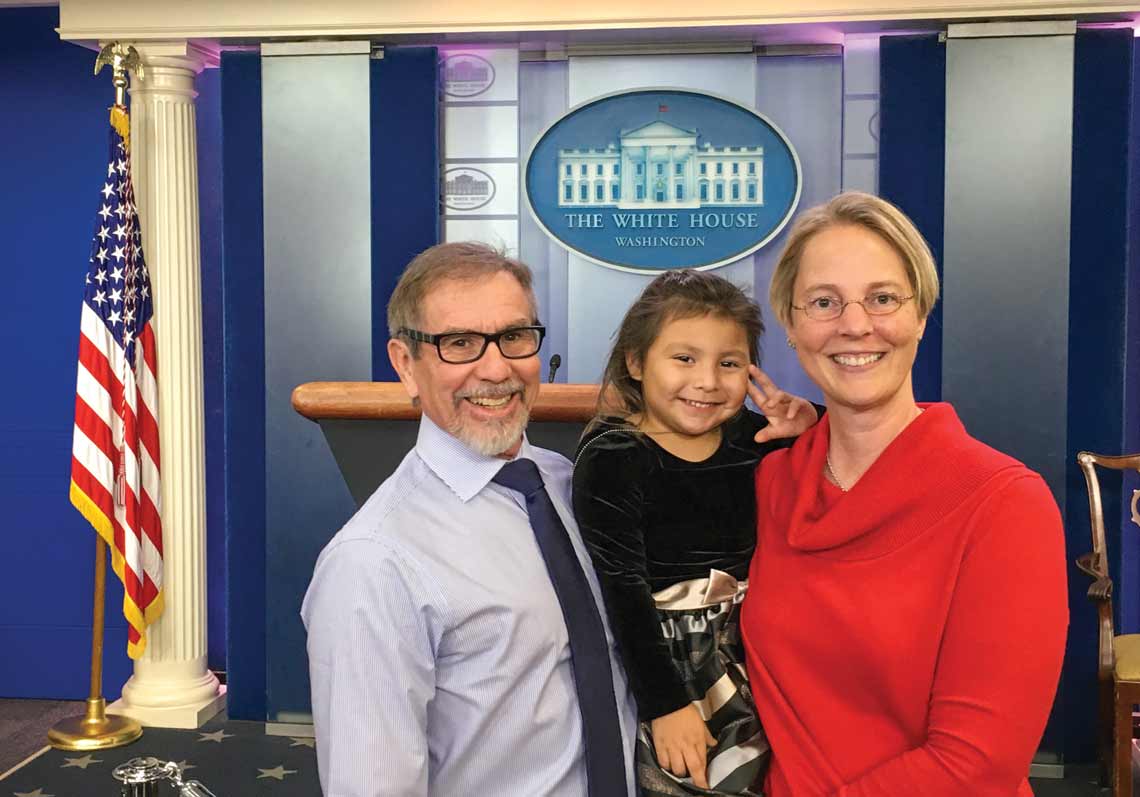
Michelle Dorsey, MD, (Class of ’95) is a diagnostic radiologist and the first female chief of radiology at the Phoenix VA Health Care System. Dorsey established the Phoenix VA’s first breast imaging program, which became the VA system’s first ACR designated Breast Imaging Center of Excellence. In October 2018, she was the first physician chosen to represent the Department of Veterans Affairs as a White House Leadership Fellow, a yearlong post in Washington D.C. where she works to improve customer experience across federal government agencies.
How did you end up working at the VA, and what’s unique about working there?
I felt called to serve and that I had the potential to help more people at the VA, particularly the women veterans who would not have had access to the same level of care otherwise. Unlike the private sector, there is a continuity of care at the VA which was also appealing to me; you see a patient for their screening mammogram and then their diagnostic workup, perform their biopsy and refer them to surgery, do their follow-up exams and visit them while they’re in the hospital. Long after I became chief and wasn’t as involved in the day-to-day care, I would still see patients in the hallway who would come up for a hug and to say thank you. That’s something that really stays with you as a physician.
How has your experience solving complex problems at the Phoenix VA informed your work as a White House fellow?
I became the chief of radiology in the midst of a fairly public national concern regarding access to care for veterans in 2014. As chief, my overarching management philosophy was to put the veterans’ needs at the center of all my decision making, which really led to a lot of success for our department. This philosophy carries over quite well into the work I’m doing now because the goal with customer experience is to put our customer at the center of our decision making, streamline our processes and break down some of the silos in government.
You’re the first physician to represent the Department of Veterans Affairs as a White House fellow. How is your perspective as a physician an asset to the position?
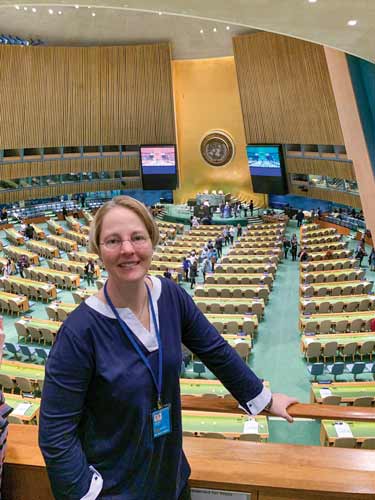
Radiologists are adept at making a finding and coming up with a differential diagnosis. That sort of problem-solving mentality has really served me well. Especially working in government, the first idea you think of may not be the one that ends up working — perhaps because of a regulation or staffing constraint. It’s helpful to have a toolkit with several possibilities, as well as being willing to consult people outside of your department or even your agency.
How did you wind up at MIR?
It was recommended to me while I was a medical student at the University of Wisconsin. When I came for my interview at MIR there were these amazing faculty whose names are all over the books that you study, and here I was trying to quasi-impress them. Plus, MIR’s facilities are phenomenal and the best of any place I visited — no place had a 12-floor radiology building — and there was such a breadth of experience. I made the right choice and never looked back.
Which MIR faculty members had a significant impact on you?
Dr. Monsees and Dr. Barton were early role models for me in breast imaging. They were truly thought leaders in that field. With ultrasound, it’s totally due to Dr. Middleton that I can scan a patient and biopsy with either hand to this day. Those are skills you think are normal when you’re at MIR, but then you go out into the world and realize many radiologists just don’t have the same expertise.
Looking back on your career, you’ve had a lot of firsts. Which milestone means the most to you?
One of the things I’m still really proud of is starting the breast program at the Phoenix VA. We had so many obstacles to overcome. At first it was just myself and one technologist. I called and scheduled patients. I cleaned and turned over the ultrasound rooms. We had next to nothing — just the machine and the will to do it. Now we have two full-time breast imaging radiologists, three technologists and multiple administrative support staff. We’ve made such a difference in the lives of women veterans, providing access to care and even a shoulder to cry on when those memories of military sexual trauma were triggered. Serving veterans has truly been the greatest honor of my career.

